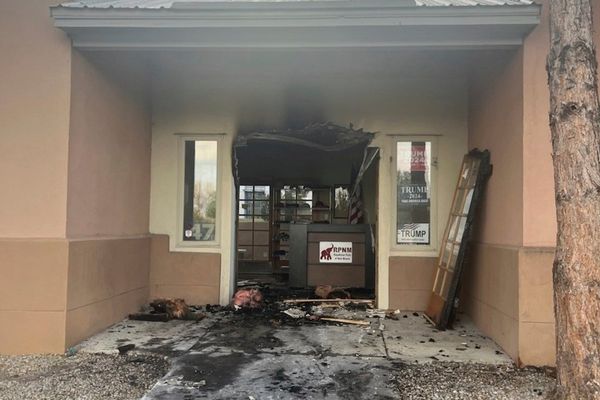The 118 kilometre Hyderabad-Bijapur stretch, declared as the model ‘Road Safety Demonstration Corridor’ in 2014, had a reduction of 38.1% in accidents between 2014-2018, as per the study, Road Safety Good Practices in India.
The study, undertaken by SaveLIFE Foundation in cooperation with the World Bank Group and the Ministry of Road Transport and Highways (MoRTH), revealed that the stretch had witnessed a crash severity of 58.7 in 2014, higher than the national average of 28.5 in the same year.
The 38.1% reduction was seen because of the interventions of the four Es -- Enforcement, Education, Emergency Response, and Engineering -- implemented on the stretch. The project was implemented by the Roads and Buildings Department, Telangana, said the report released by Union Minister of Road Transport and Highways, Nitin Gadkari.
The Hyderabad-Bijapur Corridor runs through the districts of Rangareddy and Vikarabad. It extends from the APPA Junction and intersects the Outer Ring Road (ORR) up to the Karnataka border. The route travels through several mandals, villages, and electoral districts including Moinabad, Chevella, Manneguda, and Parigi.
“In 2014, the Hyderabad-Bijapur Corridor faced a critical situation with 143 road crashes and 84 fatalities. Recognising the urgency for intervention, the Roads and Buildings Department, in collaboration with the World Bank Group, initiated the Road Safety Demonstration Corridor project with a joint fund of about ₹35.85 crore to make the road safer,” said the report.
The study highlighted that enforcement interventions implemented by the police included highway outposts at Manneguda and Kodangal to help in better management of road traffic, patrolling and interceptor vehicles equipped with laser speed guns, fluorescent cones, body-worn cameras, video still cameras, fluorescent-painted jackets and helmets for the personnel’s safety and mobile barriers.
Apart from this, 20 curves were improved and one curve was widened on the corridor, 126 trees were translocated, road furniture was upgraded, street lighting was installed at intersections and mobile barriers and fluorescent cones were installed on the stretch.
Creation of Trauma Care Centres (TCCs) within existing facilities was also a main factor in reducing fatalities. “Management of the golden hour is considerably improved if hospitals nearby can adequately handle trauma cases. Similar to how the Women and Children’s Hospital Block of District Hospital in Tandur was provided with a new Level-III trauma care centre, the capacity of existing hospitals near other crash-prone areas can be upgraded,” said the report.
The report also highlighted practices such as the Zero Fatality Corridor (ZFC) project on National Highway 48 (Old Mumbai-Pune Highway), which registered a 61% decrease in fatalities between 2018 and 2021. Similarly, the Belgaum-Yaragatti Highway’s Safe Corridor Demonstration Project (SCDP) in Karnataka recorded a notable 54% reduction in deaths over three years from 2015 to 2018. The Sabarimala Safe Zone has maintained zero road crash deaths between 2019 and 2021.







